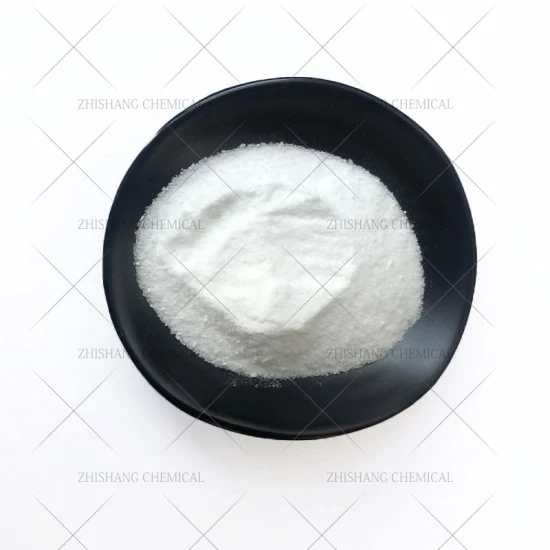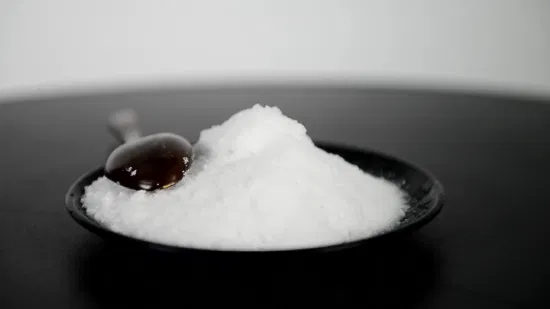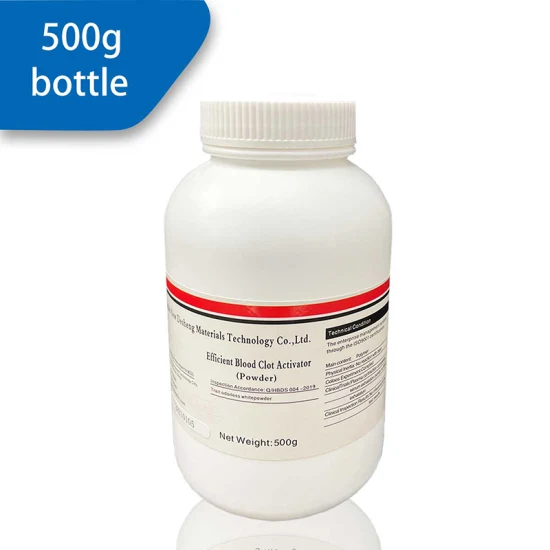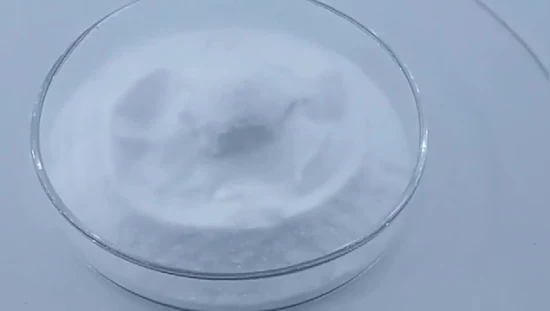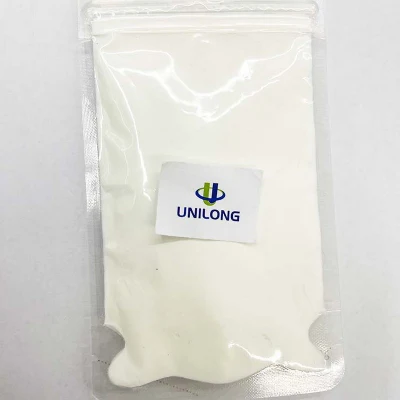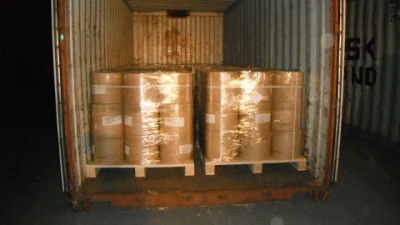
99.9% 99% Cesium Carbonate Caesium Carbonate CAS 534
Cesium carbonate [534-17-8] Caesium carbonate or cesium carbonate is a white crystalline solid compound. Caesium carbona
Basic Info.
| Model NO. | Cesium carbonate |
| HS | 28369990 |
| Appearance | White Crystalline Solid |
| Other Name | Caesium Carbonate |
| Transport Package | Drum |
| Specification | 25KG |
| Trademark | SAMREAL |
| Origin | China |
| HS Code | 28369990 |
| Production Capacity | 5 Tons/Month |
Product Description
Cesium carbonate [534-17-8]
| Identification | ||
| Name | Cesium carbonate | |
| Molecular Structure |
| |
| Molecular Formula | Cs2CO3 | |
| Molecular Weight | 325.82 | |
| CAS Registry Number | 534-17-8 | |
| EINECS | 208-591-9 | |
| Properties | ||
| Density | 4.072 | |
| Melting point | 610 ºC (dec.) | |
| Water solubility | 261 g/100 mL (20 ºC) | |
Cs2CO3min% | Impurities Max ppm | |||||||||
Li | K | Na | Ca | Mg | Fe | Al | Si | Rb | Pb | |
99.9 | 5 | 50 | 50 | 30 | 5 | 10 | 50 | 50 | 200 | 5 |
99.95 | 5 | 50 | 50 | 20 | 5 | 5 | 20 | 20 | 100 | 5 |
99.99 | 1 | 10 | 5 | 10 | 1 | 3 | 2 | 10 | 20 | 5 |
Caesium carbonate or cesium carbonate is a white crystalline solid compound. Caesium carbonate has a high solubility in polar solvents such as water, alcohol and DMF. Its solubility is higher in organic solvents compared to other carbonates like potassium and sodium carbonates, although it remains quite insoluble in other organic solvents . This compound is used in organic synthesis as a base. It also appears to have applications in energy conversion.
There is growing demand for cesium and its compounds for energy conversion devices such as magneto-hydrodynamic generators, thermionic emitters, and fuel cells.[2] Relatively effective polymer solar cells are built by thermal annealing of cesium carbonate. Cesium carbonate increases the energy effectiveness of the power conversion of solar cells and enhances the life times of the equipment.[7]The studies done on UPS and XPS reveal that the system will do less work due to the thermal annealing of the Cs2CO3 layer. Cesium carbonate breaks down into Cs2O and Cs2O2 by thermal evaporation. It was suggested that, when Cs2O combines with Cs2O2 they produce n-type dopes that supplies additional conducting electrons to the host devices. This produces a highly efficient inverted cell that can be used to further improve the efficiency of polymer solar cells or to design adequate multijunction photovoltaic cells.[8] The nanostructure layers of Cs2CO3 can be used as cathodes for organic electronic materials due to its capacity to increase the kinetic energy of the electrons. The nanostructure layers of caesium carbonate had been probed for various fields using different techniques. The fields include such as photovoltaic studies, current-voltage measurements, UV photoelectron spectroscopy, X-ray photoelectron spectroscopy, and impedance spectroscopy. The n-type semiconductorproduced by thermal evaporation of Cs2CO3 reacts intensively with metals like Al, and Ca in the cathode. This reaction will cut down the work the cathode metals.[9] Polymer solar cells based on solution process are under extensive studies due to their advantage in producing low cost solar cells.

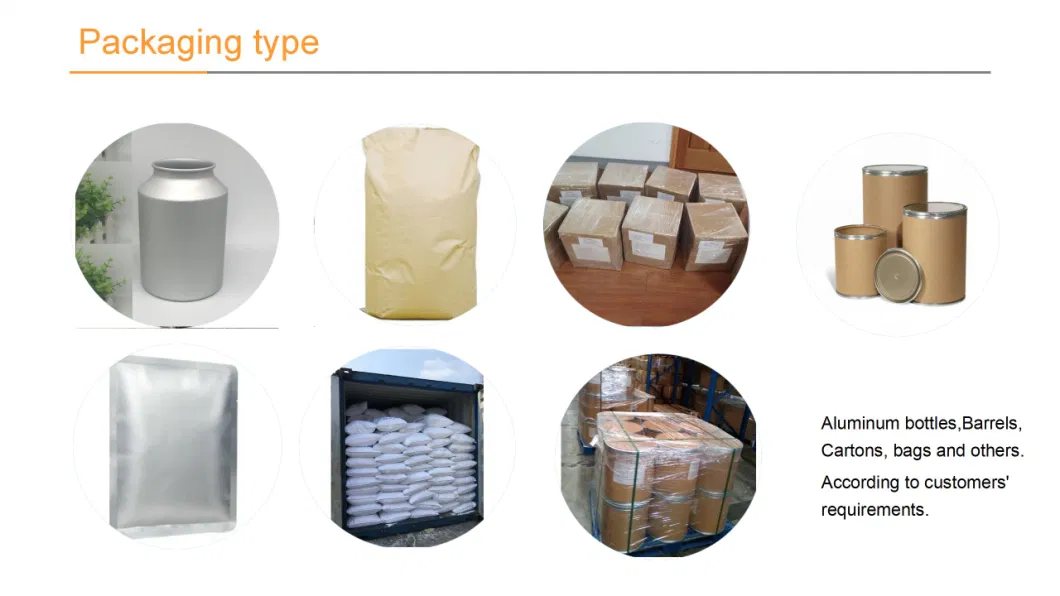

previous:
High Purity Cesium Chloride CAS 7647
CAS 534 :next
Send to us


